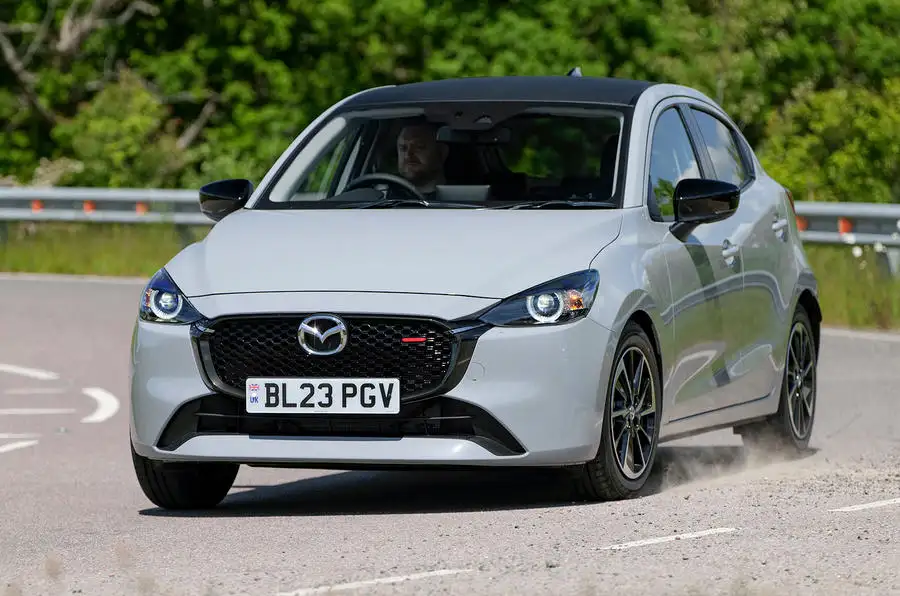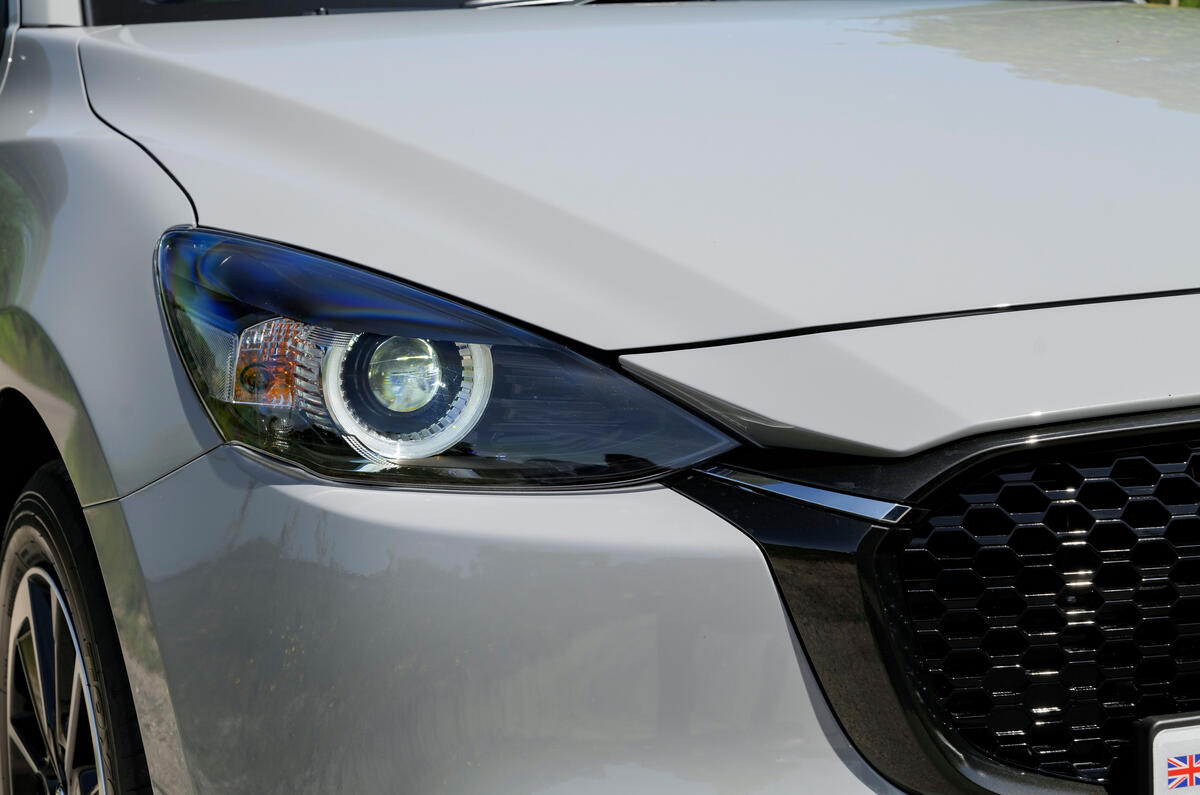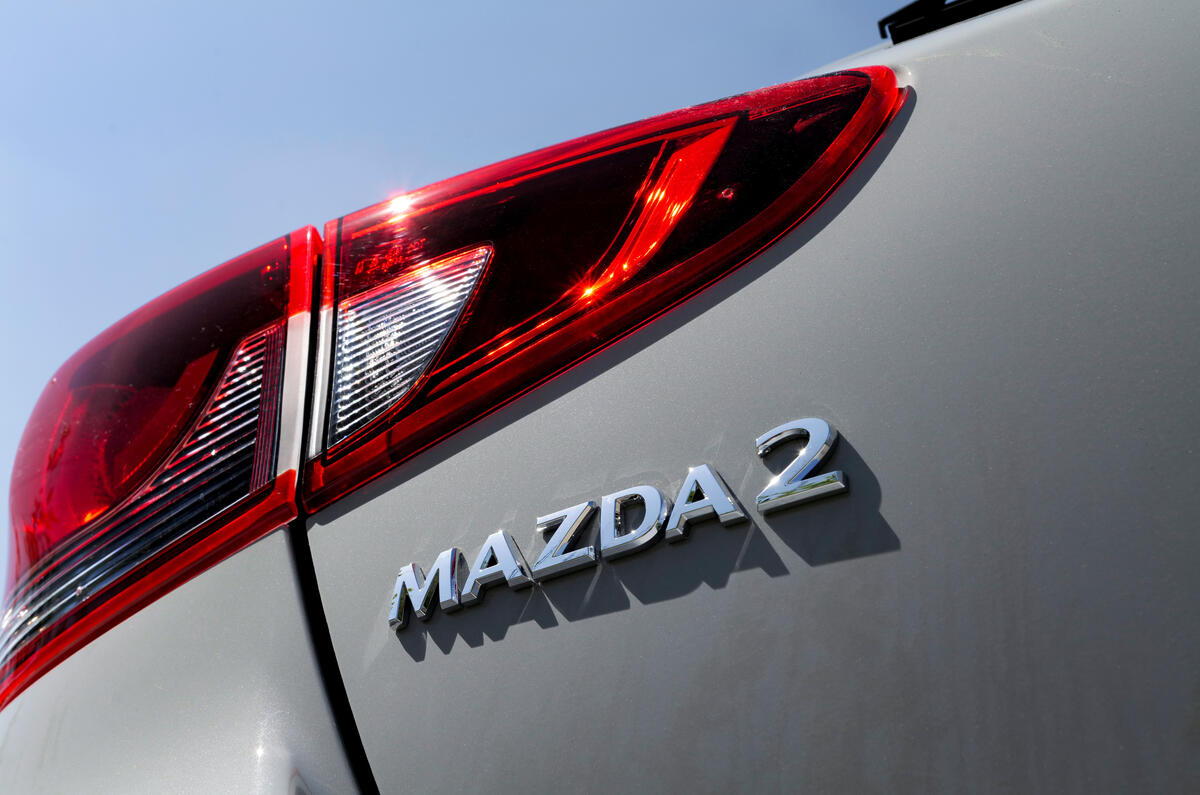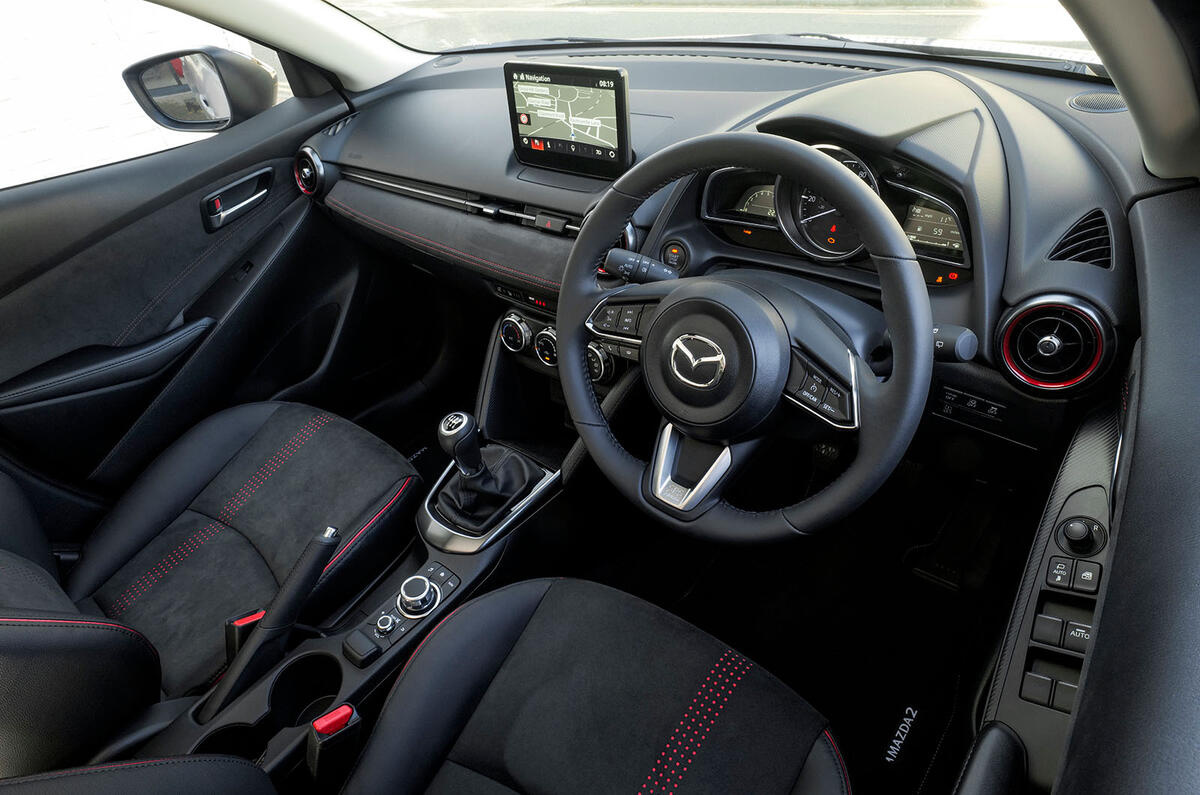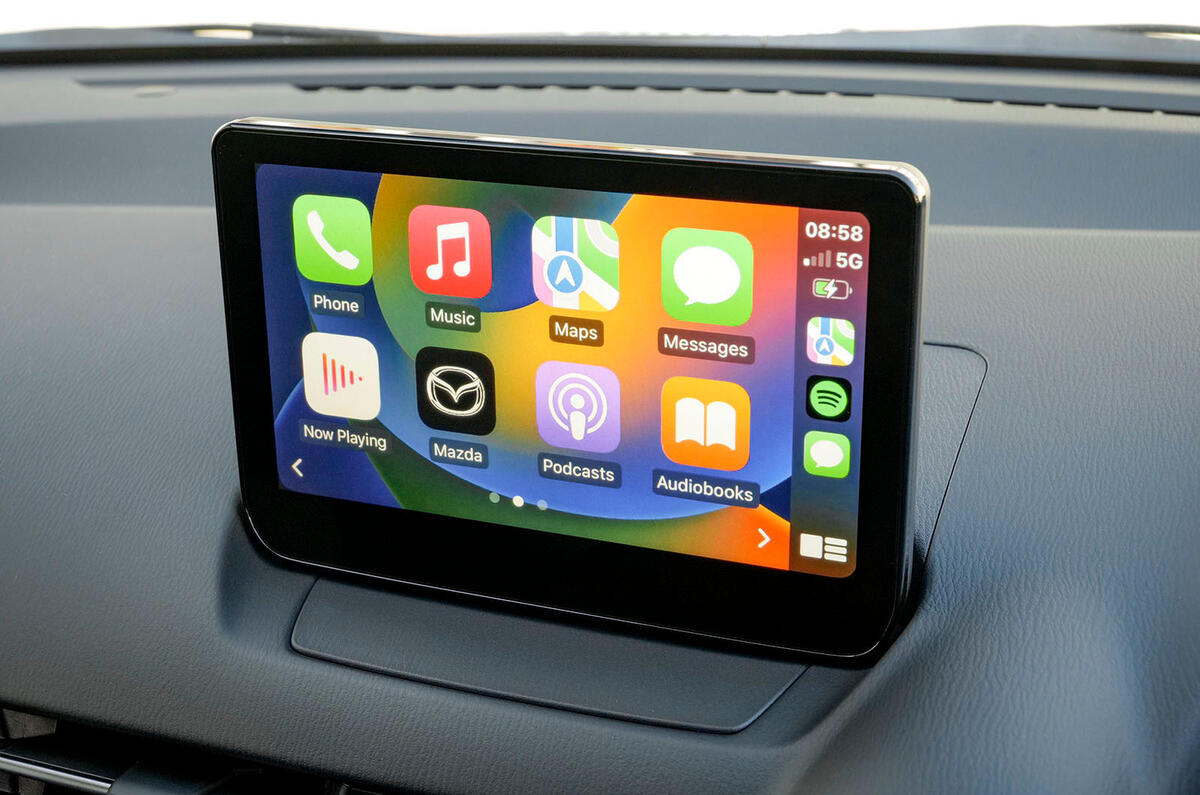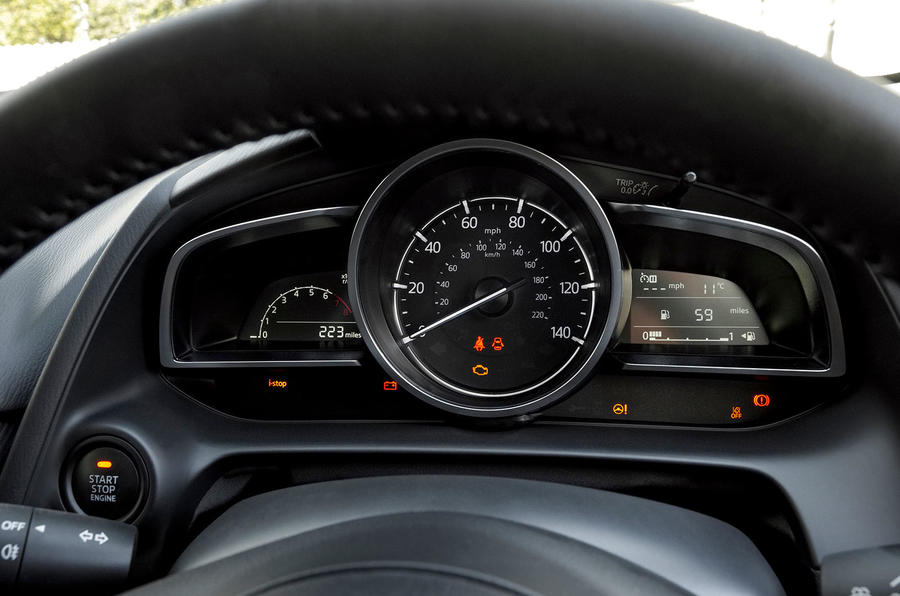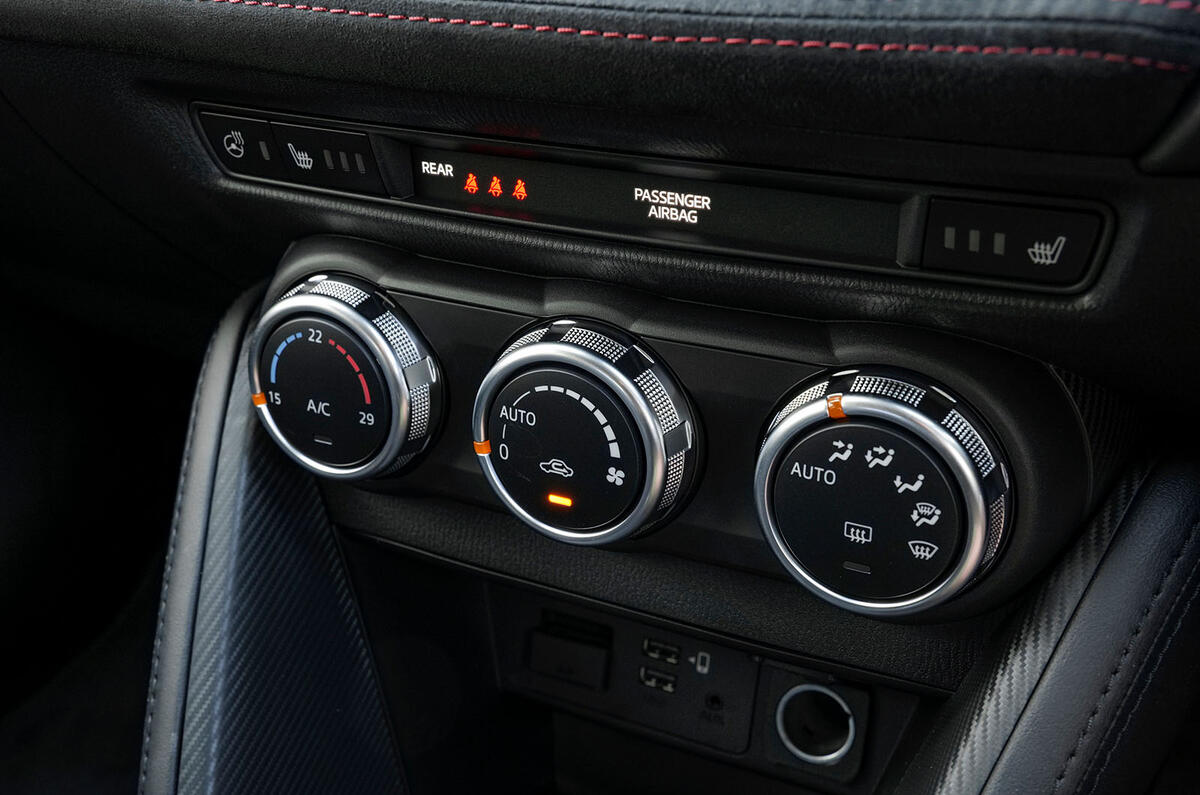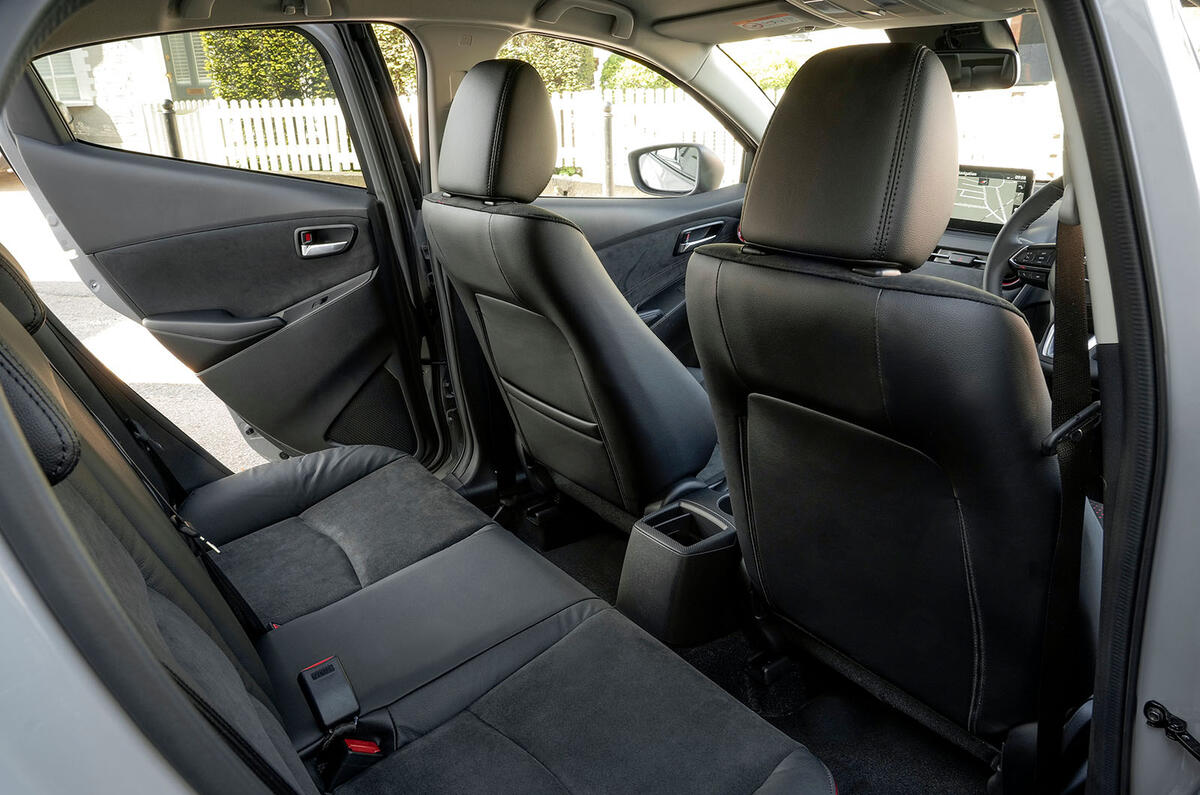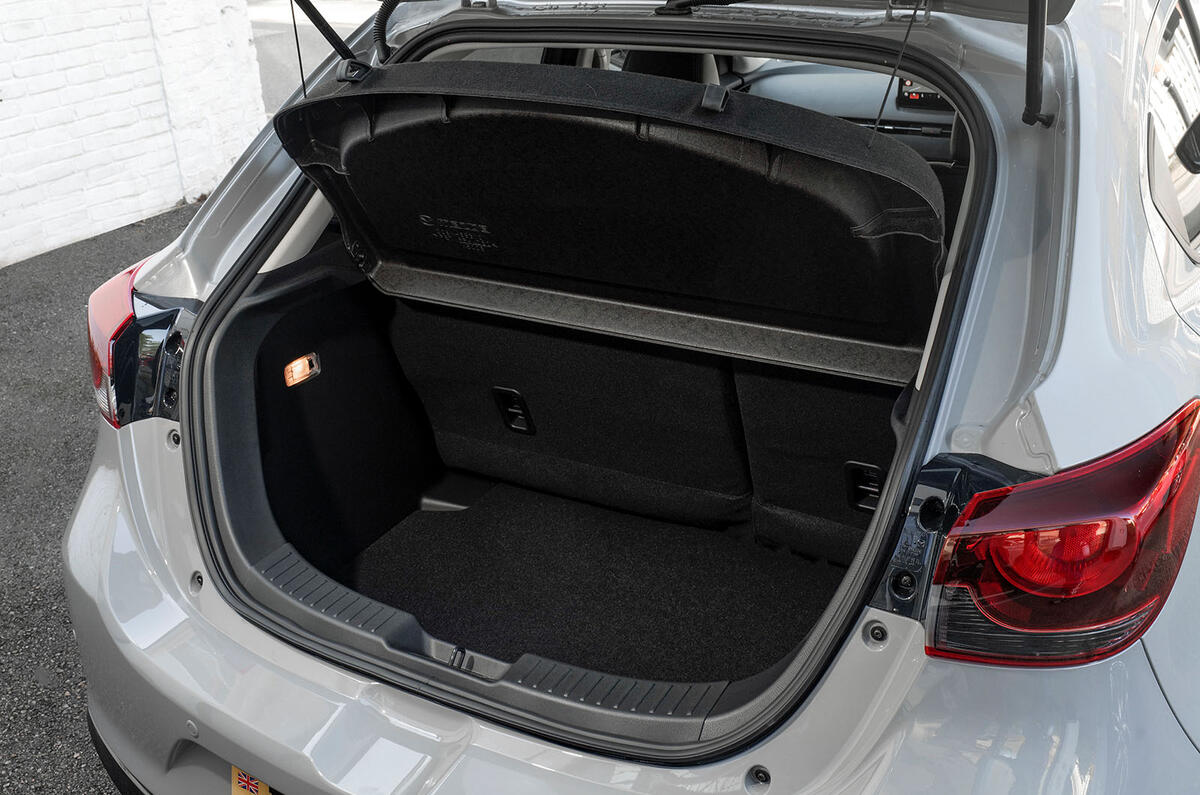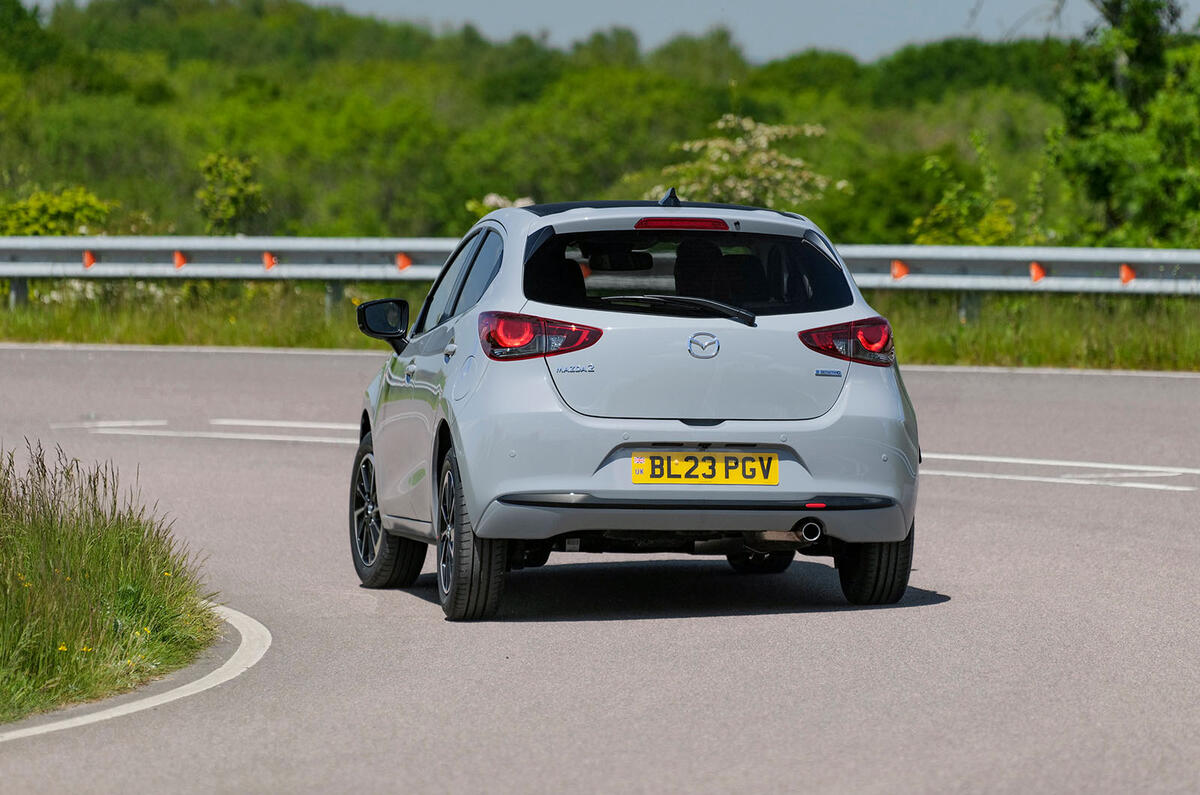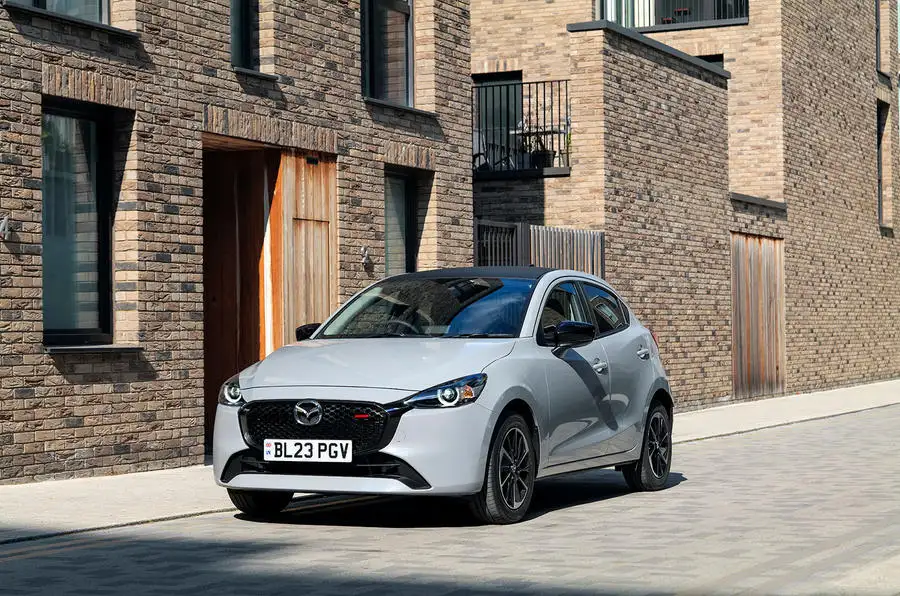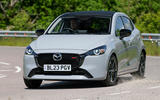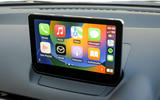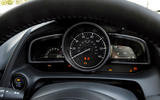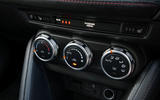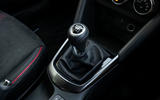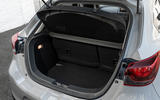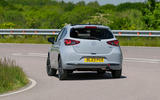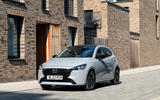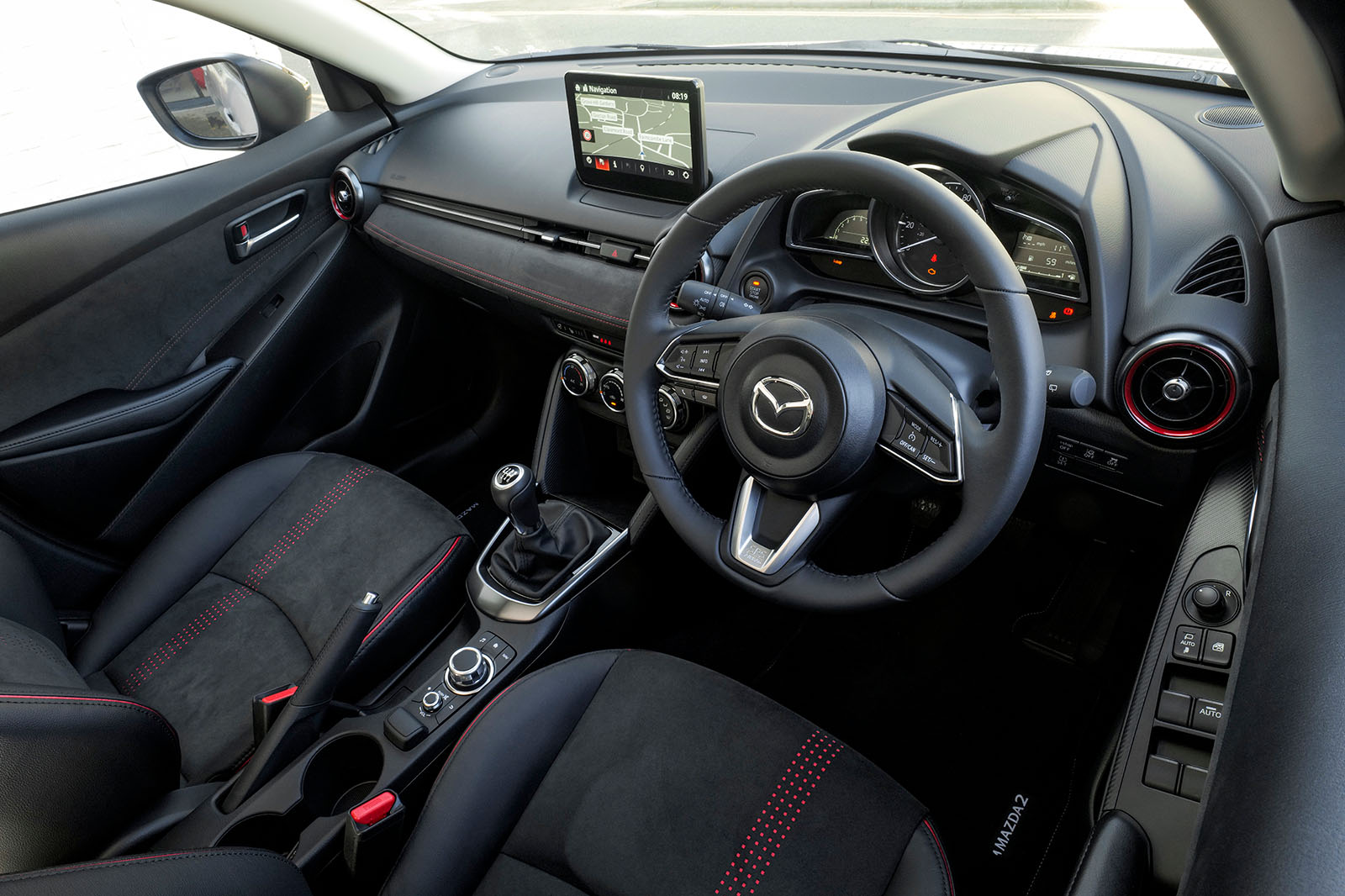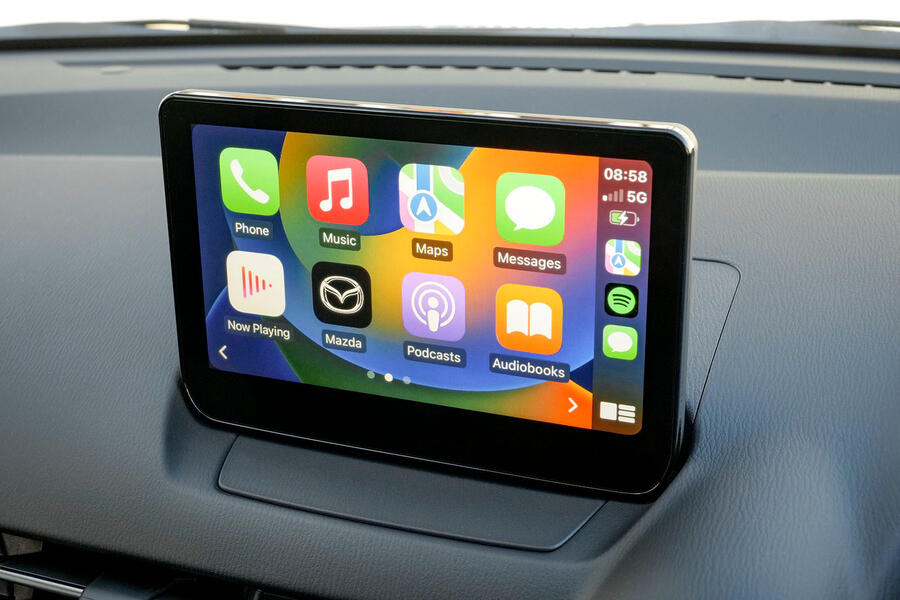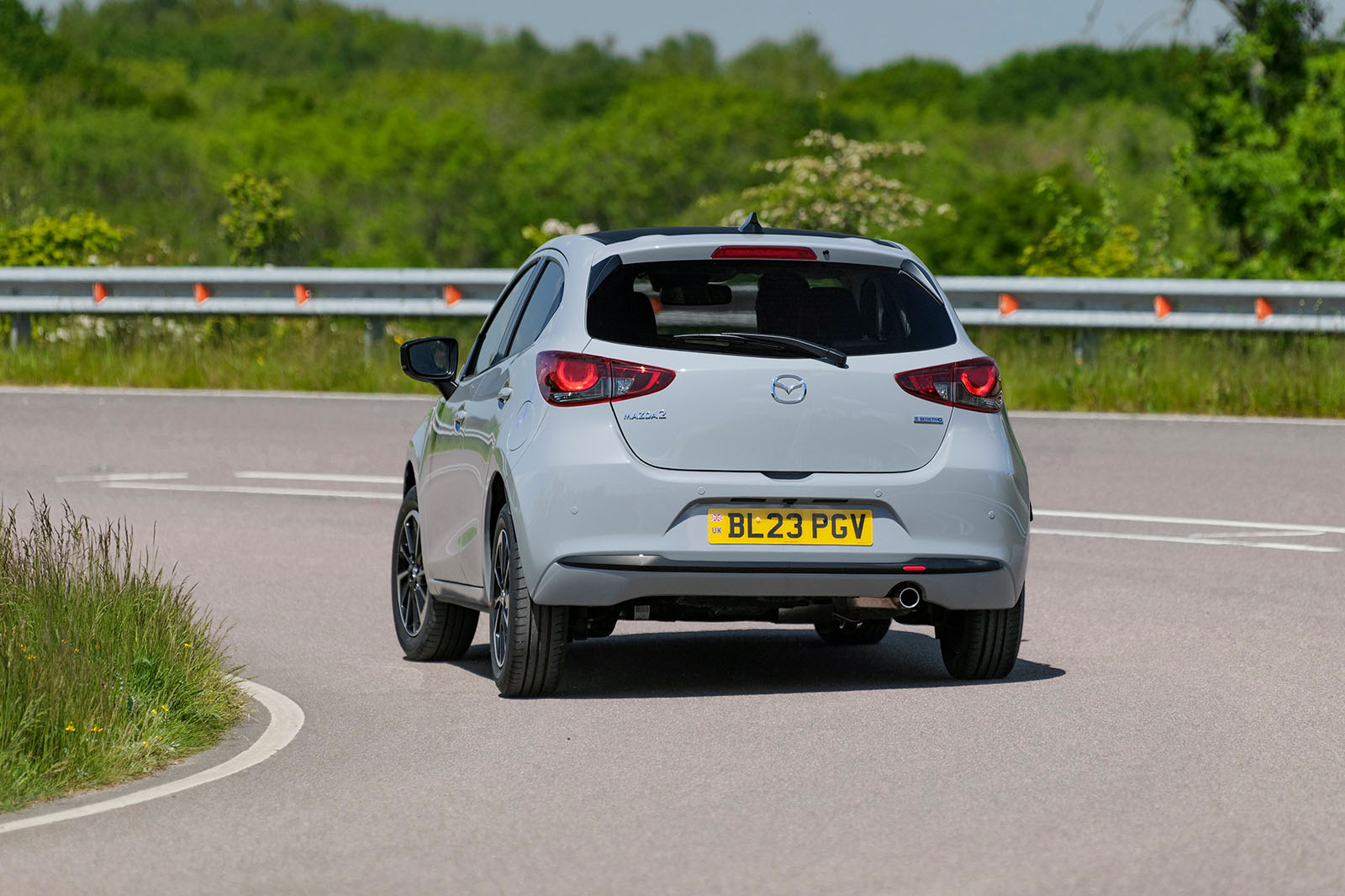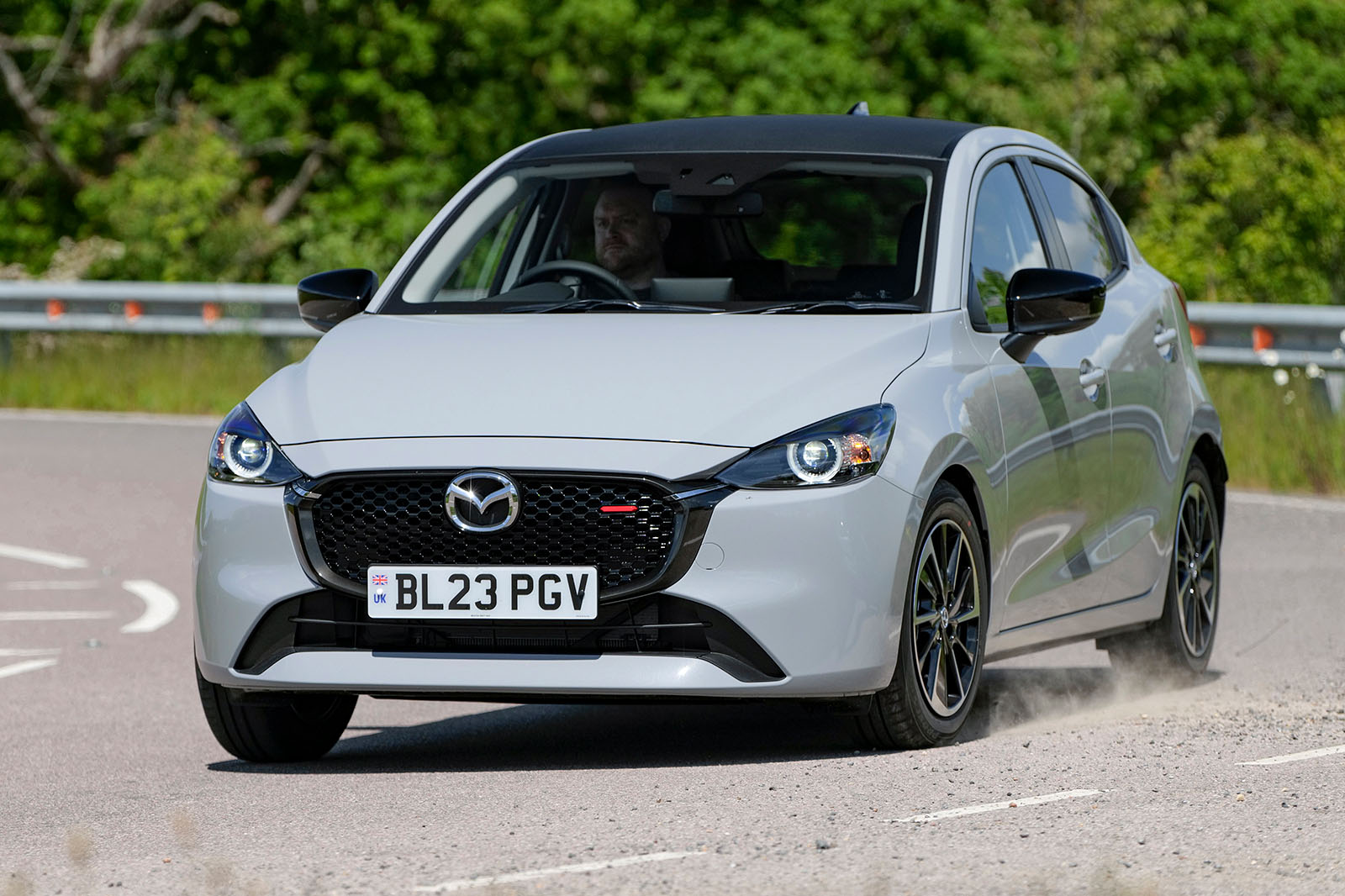David Cameron in Number 10 and Cheryl Cole atop the charts; Russia waging war on Ukraine and a review of the Mk3 Mazda 2 featuring on the front page of Autocar. In some ways, summer 2014 feels like ancient history; in others, it’s like nothing has changed at all.
The third-generation Mazda 2 came out almost a decade ago now, and yet it's still here. In that time, other superminis have bloated in size, gained smaller turbocharged engines and been stuffed with ever more technology. Meanwhile, the little Mazda has remained resolutely old-school.
Add to that the shaky future of some of its rivals, and rather than becoming dated, it could be argued that the Mazda 2 is now a more uniquely enticing product than ever.
For 2023, the Mazda 2 is being facelifted a second time, with new bumper and wheel designs, new colour options, and an unusual blanked-off grille on some versions. In the past few years, it's also gained an updated multimedia system to keep it fresh, and mild-hybrid powertrains to ensure it's not taxed out of existence.
Range at a glance
There's not been a diesel Mazda 2 for a while now, but there's still a good amount of choice, with four variants of Mazda's own Skyactiv-G engine, a 1.5-litre four-cylinder petrol. It comes in 74bhp, 89bhp and 113bhp forms. Only the 89bhp version can be had with an automatic gearbox, and manual versions of the 89bhp and 113bhp versions get mild-hybrid assistance, called E-Skyactiv in Mazda speak.


